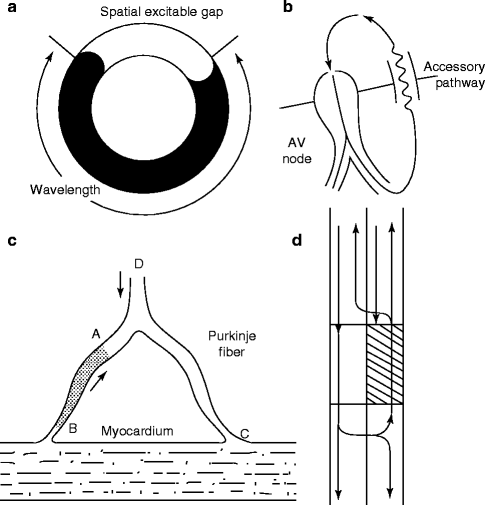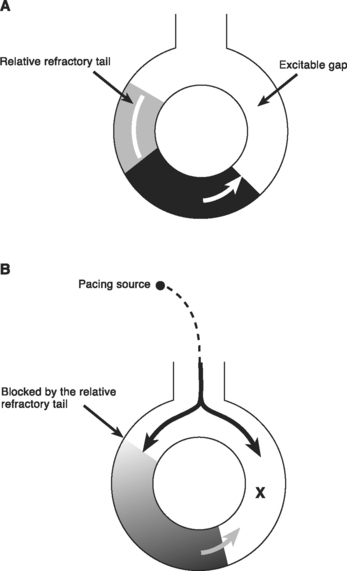
Electrophysiological changes in heart failure and their implications for arrhythmogenesis - ScienceDirect

Figure 37 from Basic mechanisms of cardiac impulse propagation and associated arrhythmias. | Semantic Scholar

Ziad F. Issa on Twitter: "2/8 For AFL reentry to sustain, the wavelength of the reentrant wavefront (conduction velocity x ERP) should be shorter than the reentry pathlength. This can be achieved

A Shown is a reentrant tachycardia with propagating wave front (red)... | Download Scientific Diagram

Schematic of antitachycardia pacing (ATP) interaction with myocardium... | Download Scientific Diagram

Types of re-entry. (A) Classical anatomical re-entry. The wavelength... | Download Scientific Diagram


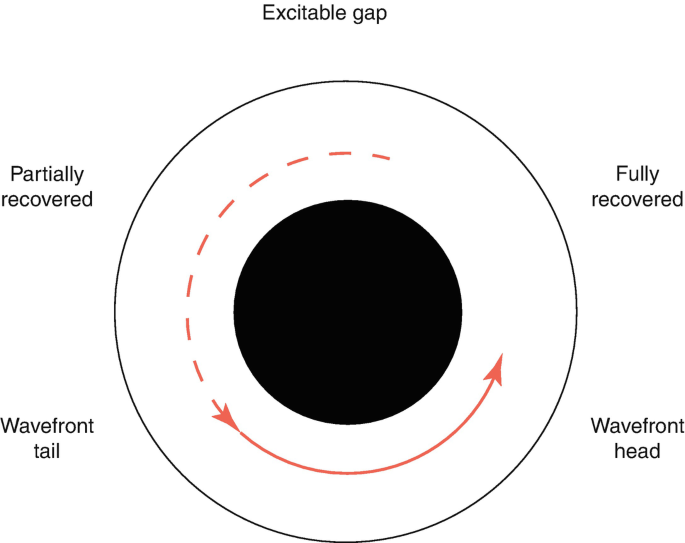

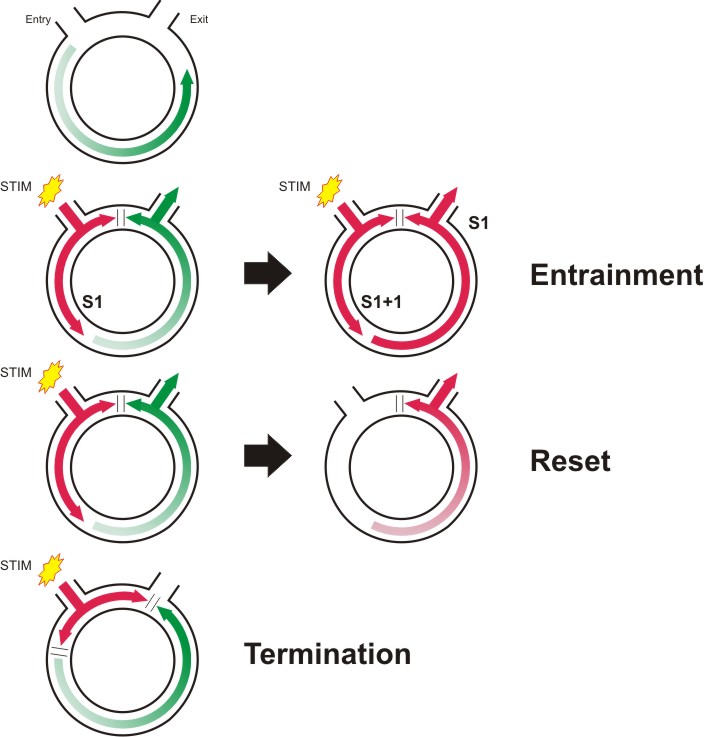

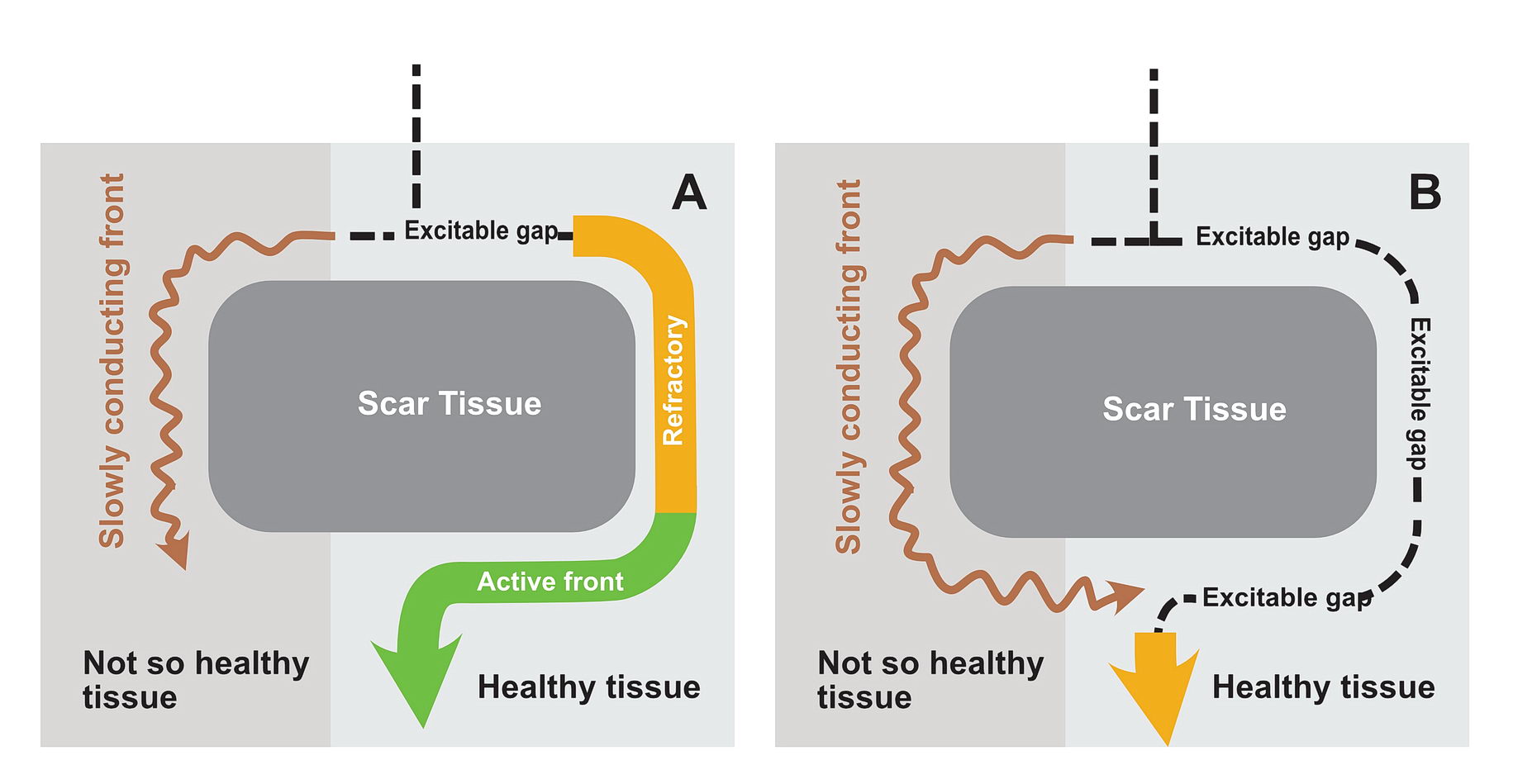

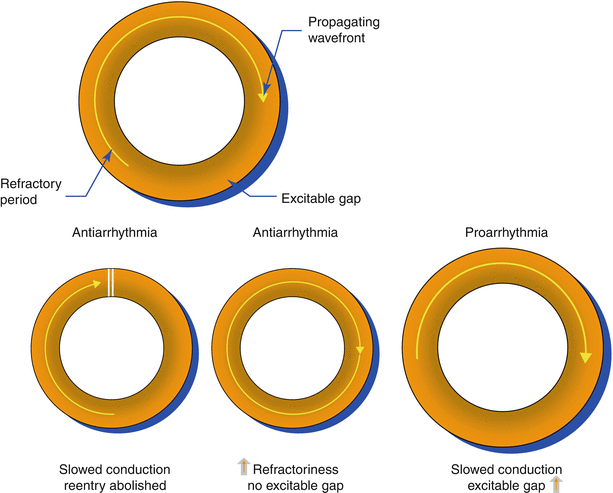


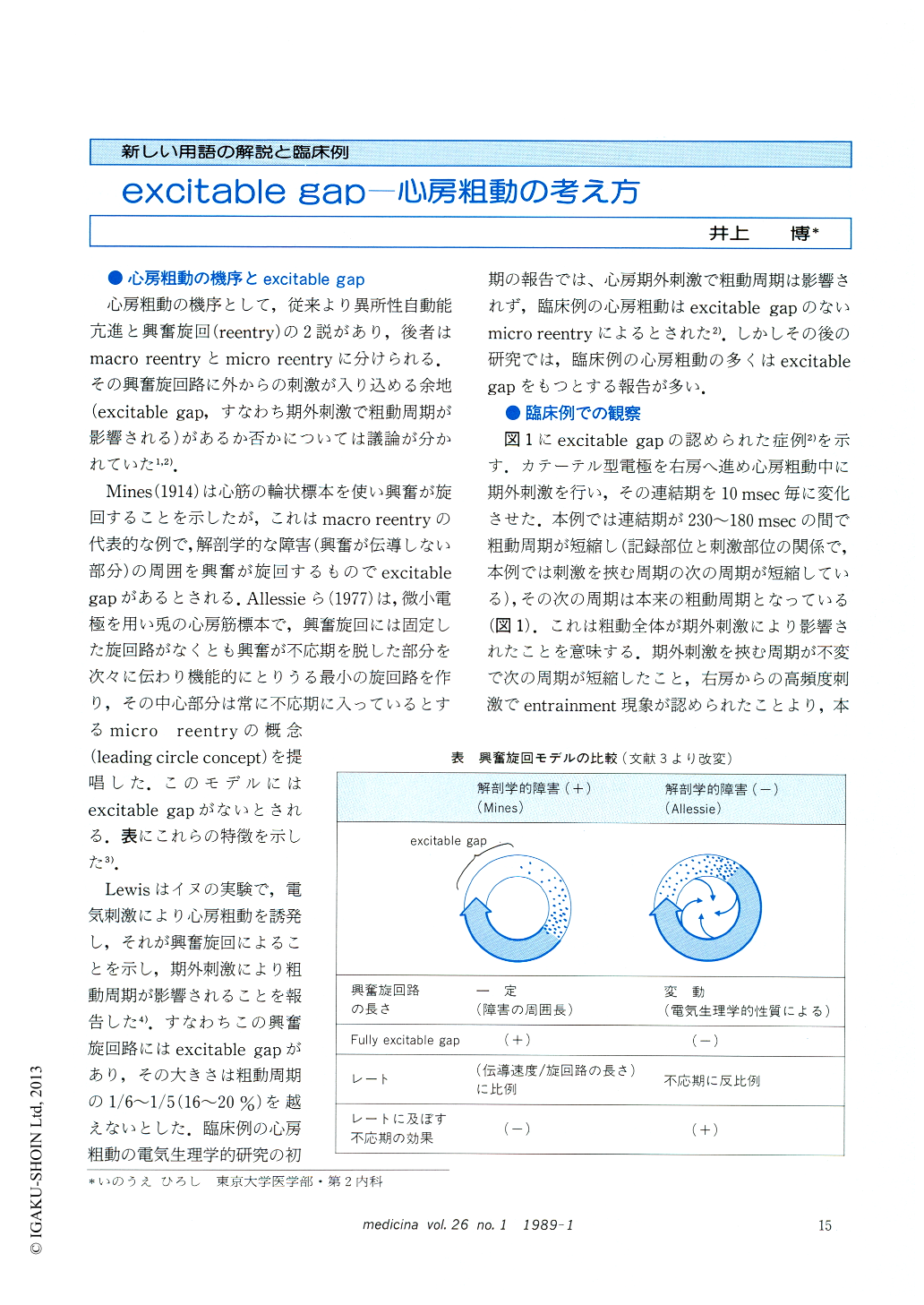
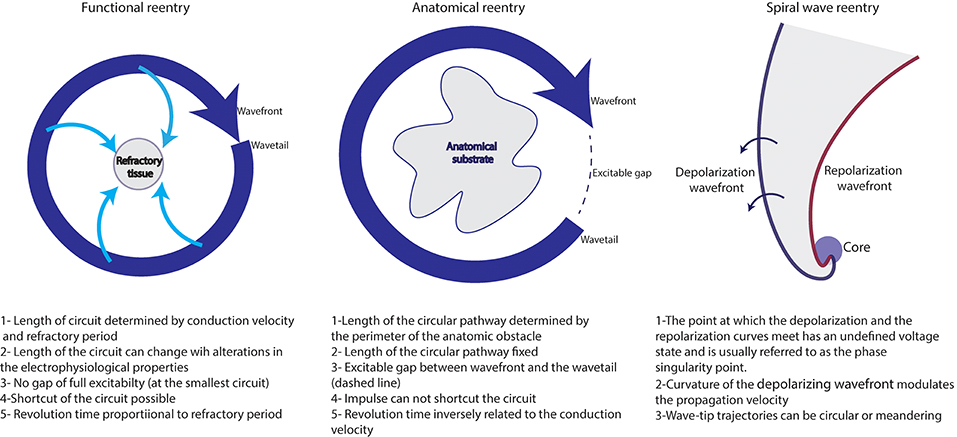
![PDF] Mechanisms of Atrial Fibrillation - Reentry, Rotors and Reality. | Semantic Scholar PDF] Mechanisms of Atrial Fibrillation - Reentry, Rotors and Reality. | Semantic Scholar](https://d3i71xaburhd42.cloudfront.net/7512344427b30c37febd311a7ef072783fc0e33f/2-Figure1-1.png)
